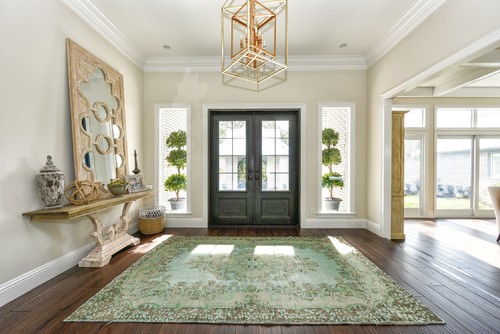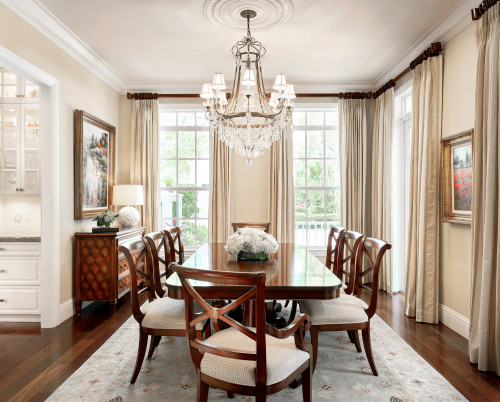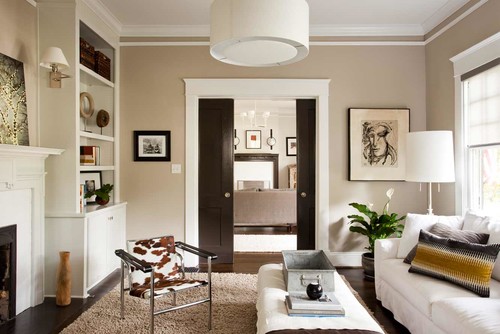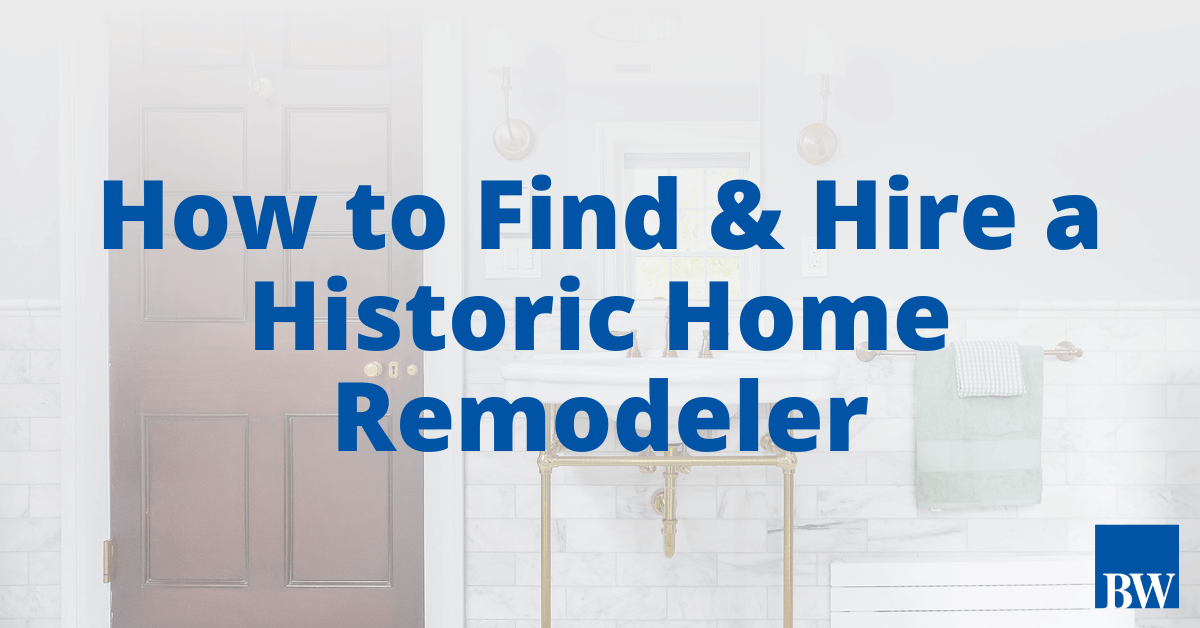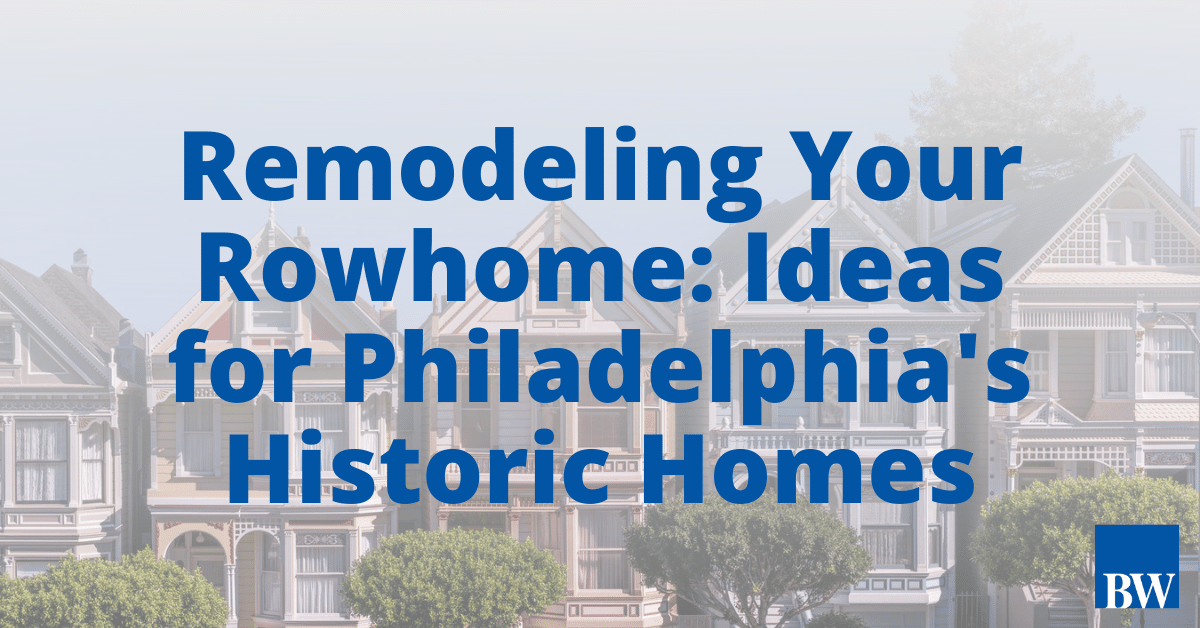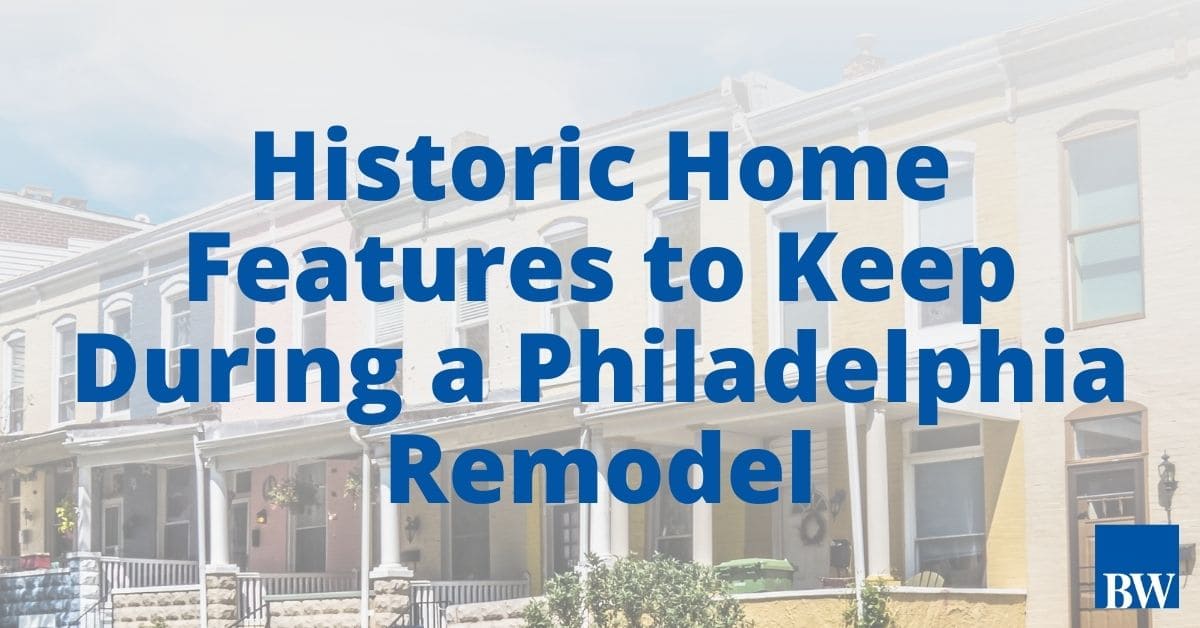
Historic Home Features to Keep During a Philadelphia Remodel
When remodeling a residential property, the mantra is usually, “Out with the old, in with the new.” However, when you are upgrading a Philadelphia historic home, you may want to take a bit more of a selective approach in order to preserve your home’s history and honor its architectural integrity.
Such houses often possess a specific type of vintage charm that can’t be replicated with new construction. When doing your improvement project, you don’t want to risk removing or covering up a design element that could be an important contribution to the original character and overall value of your Philadelphia home.
Preserving Features When Remodeling Old Homes
There is something captivating and enduring about older homes, especially those with particularly historic features, but that doesn’t mean they’re always easy to live in. Often, historic homes possess layouts and older design elements that aren’t conducive to modern family life. To get the most out of your house in Philadelphia, you’ll need to rethink certain spaces and adapt your home for some modern tech. So, how do you do that without compromising the original character that characterizes the interior and exterior of the structure?
To help you develop an effective plan for remodeling your old house, here is a look at some key features to consider preserving in the process:
1. Grand Front Doors
Plenty of old homes have unique or stately front doors that act as historic focal points on the exterior facade and the interior entryway. If your historic home in Philadelphia still has the original door with period custom millwork, you should absolutely explore options for retaining all doorway elements. Restoring the door and the surrounding woodwork can significantly impact the feeling of entering your home. It will also benefit the home’s market value.
Trying to find someone qualified to replicate the period look of a front door that was removed could prove expensive and difficult. Most historic doors are very well made and can be restored with the right approach. Don’t let anyone tell you that your vintage front door can’t be made energy efficient. Saving your front door is all about simple restoration techniques and familiarity with historic elements.
2. Hardwood Floors
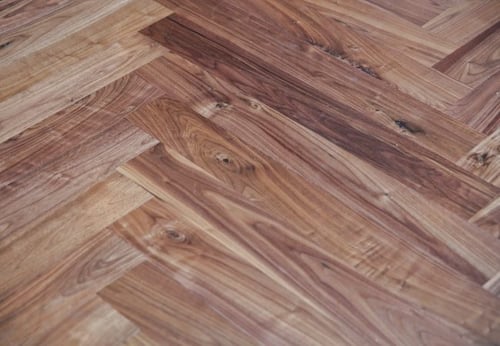
Original hardwood flooring is another significant and character-defining feature you should consider keeping. We’ve all heard stories about new homeowners revealing beautiful hardwood that was hidden beneath carpeting. Even when hardwood floors look weathered, stained or marred by staples and other imperfections, there is usually a way to save good old wood floors. As long as water hasn’t been a recurring issue, hardwood tends to be resilient and will usually still be structurally sound.
Generally, you can sand and refinish the floors, and even stain them to match your preferred design style. For a small labor fee you can restore a luxury feature with historic character that would have otherwise cost you much more of your remodeling budget if it were installed new.
3. Exposed Brick
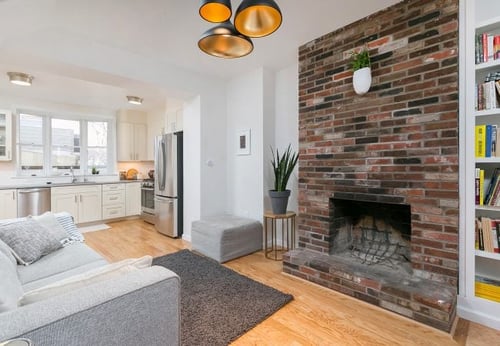
Although not a true historic feature on most original interiors, exposed brick can add a period feel. Exposed brick provides unique opportunities for design expression such as texture, raw material (if unpainted), and revealed structure. Texture is a rarely explored element in home design and we think it’s great to consider texture options. Exposed brick leans toward an Industrial architectural style , and raw materials are a return to basic elements and raw materials. Removing brick is dusty but relatively easy, using a wire brush to finish the job.
If you already have exposed brick surfaces in your historic home, consider keeping them and incorporating them into your aesthetic. Sometimes painted brick can tone down the heavy feel of red brick and mortar while still retaining the texture. You may want to clean up the brick surface by repointing the mortar work or even replacing a few missing bricks since the original interior brickwork was never meant to be seen.
4. Woodwork and Built-Ins
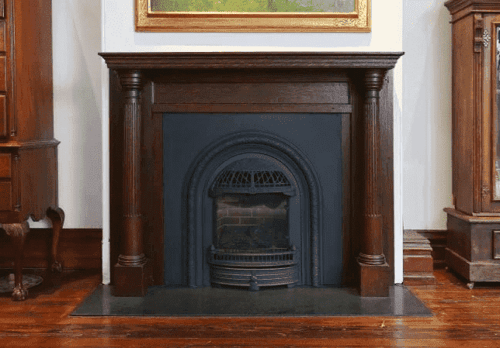
Like hardwood flooring, other original woodwork in a historic home can be of value, and it’s best to think twice before getting rid of it. The average modern home simply does not possess the quality of craftsmanship and materials invested in the original features found in older homes. This includes historic elements like casing, baseboard, paneling, cornices, built-in cabinetry, balustrades, moldings, and other decorative wood treatments. These features will go a long way in helping your remodeled Philadelphia home maintain its unique character, so talk to your remodeler about the feasibility of restoring woodwork that’s still in place. You can also explore ways to replicate historic designs when adding custom built-ins during your project.
5. Butler’s Pantries and Storage
The kitchen often takes center stage in modern family life, and having adequate storage is a critical component of a well-functioning kitchen. If you’re lucky enough to have a butler’s pantry or larder in your home, keep it. Although butler’s pantries were originally used to store silver and fine dishware and keep the prep area hidden, they are the perfect storage solution for nonperishable food items, seasonal dishes and kitchen items you only pull out every so often. Larders are also useful features for a luxurious contemporary kitchen. Plus, by keeping your butler’s pantry or larder during your remodel, you will also likely be preserving some unique vintage hardware, tile work or woodwork.
6. Ceiling Medallions
As you are remodeling an old house in Philadelphia, don’t neglect the ceiling. Historic homes often possess unique treatments or features, such as ceiling medallions, antique light fixtures and recessed paneling. These decorative items are remnants of a bygone era when Americans incorporated classic European styles into interior design. Today, they can serve as eye-catching statement pieces that protect the original character of your house.
7. Pocket Shutters and Pocket Doors
Interior pocket shutters, or embrasured shutters, were a popular feature in many classy Colonial, Victorian and Italianate homes in the Philadelphia area . These shutters are designed to fold into a pocket built in the window casing. They allow the occupant to control both upper and lower shutters for privacy and light in a given room, and in a different way than when using curtains or blinds. Beyond their practical purpose, pocket shutters are also an endearing historic feature worth conserving during your Philadelphia renovation.
Historic pocket doors can be a challenging but highly desired feature also found in some Colonial, Victorian and Italianate houses. Most pocket doors are quite heavy, some over 100 lbs and as a result, the original hardware and frame that suspends the doors on wheels can get overworked. More likely though, a stuck pocket door is the result of either wood frame interference with the moving door panel or debris stuck in the roller guide for the wheels. More information on pocket door design and use can be found in a helpful blog here.
8. Interesting Interior Doors
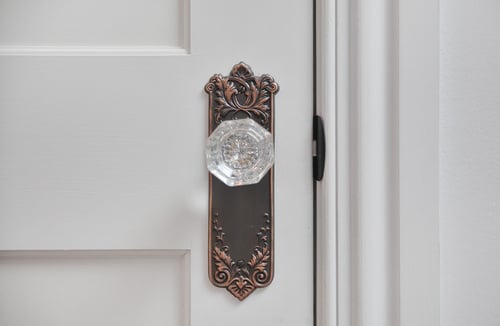
Several luxury builders and designers are incorporating French doors into home interiors as part of creating unique zones while maintaining an open layout. If your house already contains French doors—a popular inclusion in the Arts and Crafts movement—you are a step ahead of the game. These lovely interior doors allow you to establish distinct areas without blocking the flow of light, which is an especially desirable element for a narrow Philadelphia rowhome. Another type of antique door you may come across is the Dutch door. These iconic “split” doors, which can be opened just on the top or bottom, still serve the practical purpose for which they were created while augmenting the friendly charm of a home.
Historic House Renovation in Philadelphia
Remodeling or restoring an older house is a tricky business. You want to make sure the space is safe and up to code, with plenty of modern amenities and conveniences, while not completely spoiling the personality and historic value that probably drew you to the house in the first place.
At Bellweather Design-Build, we have an experienced team to help you navigate this complex process. Based on your remodeling vision and priorities, we will develop a plan that preserves the history and architectural integrity of your historic Philadelphia house while ensuring it is completely functional and suitable to serve your family well into the future. Check out great examples of our work here.
Contact us today to start your project.
How to Find & Hire a Historic Home Remodeler
Historical details are one reason you fell in love with your home - Don’t lose them! Remodeling a...
Remodeling Your Rowhome: Ideas for Philadelphia's Historic Homes
Philadelphia’s ubiquitous row houses provide affordable, convenient living for many families, but...
Award-Winning Facade Restoration in Philadelphia
Our Bay Window & Restoration project won an award from a local historical society! The...

